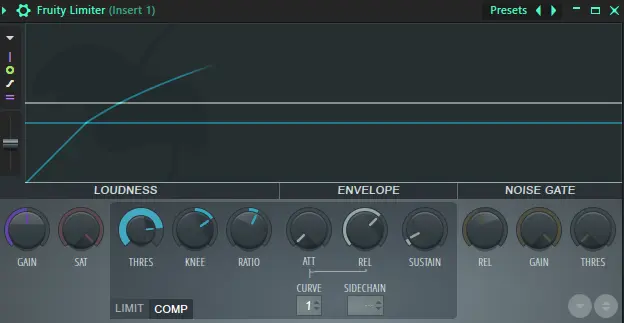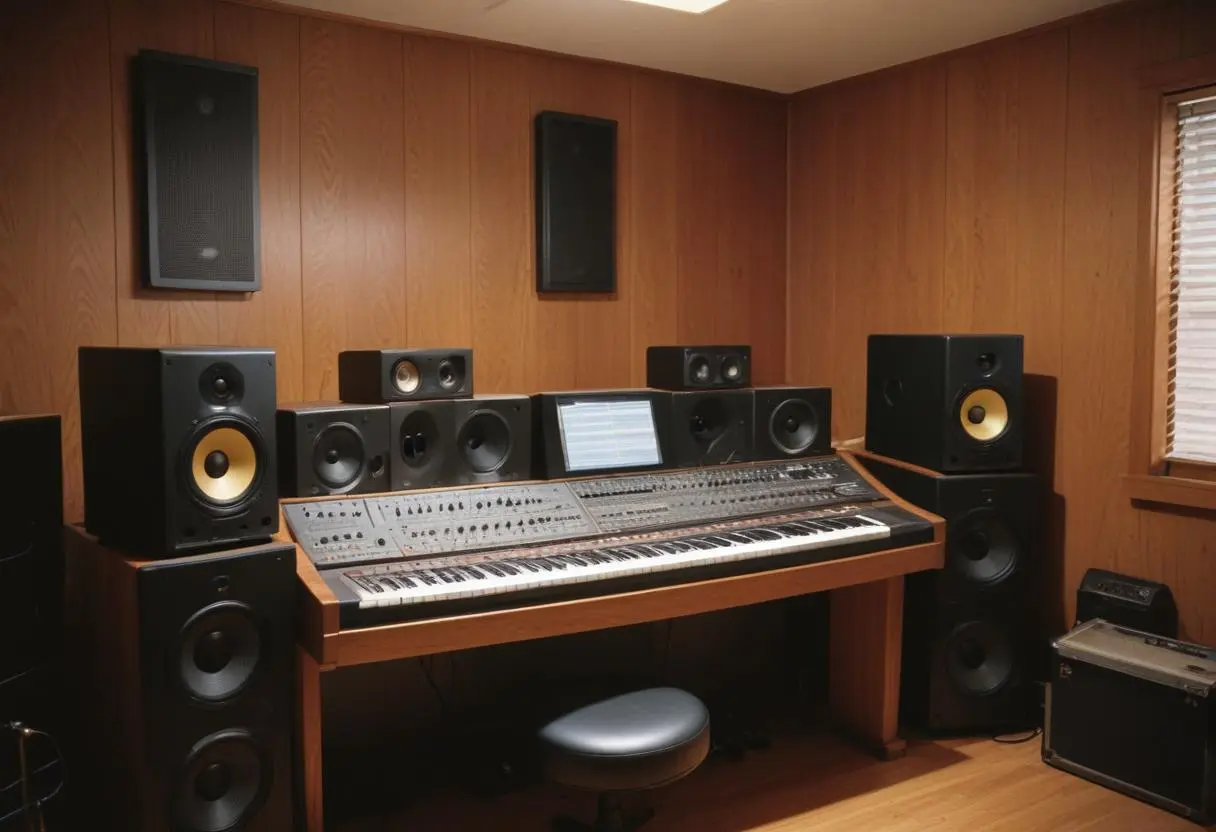
The Art of Audio Recording Techniques
Table of Contents
Audio Recording Techniques
Audio recording is a monument to the smooth blending of creativity and technology in the complex dance between art and science. Every fascinating podcast or piece of music is the result of a masterful symphony of recording techniques. We’ll take a tour through the intriguing realm of audio recording in this blog, learning about the collaboration between creativity and technology that creates lifelike sound.
What is the basic of audio recording?
Audio Recording Techniques

The Foundation: Understanding Sound Waves
It’s important to understand the basics of sound waves before diving into the strategies. Understanding the behavior of sound waves—which are vibrations that flow through solids, liquids, and air—is essential to accurately recording and reproducing audio.
Microphones: The Ears of the Recording Studio
The microphone, which converts sound waves into electrical impulses, is the key component of audio recording. Different kinds of microphones, like condenser and dynamic, each have special qualities that make them appropriate for particular uses. Choosing the correct paintbrush for a masterpiece is similar to selecting the correct microphone.
Room Acoustics: Shaping the Sonic Landscape
The setting in which you record has a significant impact on the finished product. The acoustics of the room, which include elements like absorption and reverb, affect the sound’s quality. The acoustic environment can be shaped by methods like carefully positioning soundproofing panels or utilizing natural room reverberation.
The Art of Mixing: Balancing Act
That’s where the magic happens, mixing. The complex dance of mixing includes balancing individual songs, changing levels, and applying effects. By shaping the different components into a unified and harmonic whole, the engineer takes on the role of a sonic sculpture.
Multi-Microphone Techniques: Creating Depth and Dimension
For more complex recordings, employing multiple microphones becomes an art form. Techniques like stereo miking or the classic Blumlein technique create a sense of depth and dimension, allowing the listener to immerse themselves in the audio landscape.
Compression and Equalization: Polishing the Sound
The final steps in the audio recording process are equalization and compression. In order to ensure that softer and louder sounds coexist peacefully, compression helps control dynamic range. Conversely, equalization enhances warmth and clarity by fine-tuning the frequency balance.
The Role of Technology: DAWs and Beyond
The constraints of analog technology are no longer relevant in the digital age of recording. Digital audio workstations, or DAWs, give engineers and artists a blank canvas on which to create their musical masterpieces. The combination of cutting-edge technology and conventional methods creates countless creative opportunities.
Conclusion {Music Production Process Overview}
The technical and the creative are danced with delicacy in audio recording. To capture the soul of a performance, one needs both creative intuition and an understanding of the science underpinning sound waves. There will be more opportunities to push the limits of what is musically feasible as technology develops. So, mastering the art and science of audio recording can result in genuinely transcendent auditory experiences, regardless of your level of experience as an audio engineer or as an aspiring artist.
Check out this blog related to this blog
Check our featured blog
Music Production Process Overview
Can AI Replace Human Musicians? Exploring the Future of Music Creation

Can AI replace human artists? Artificial intelligence in music Can AI Replace Human Musicians? Introduction Artificial intelligence in music (AI) is swiftly changing multiple industries, and the music sector is no different. The incorporation of AI into music production, songwriting, and live performance has opened the door to inventive practices and technologies that question conventional…
How to Use Vocal Compressor?

How to Use Vocal Compressor? Vocal compression is an important step in music production for creating a refined sound. This article covers everything from how to set up your compressor and dial in the optimum settings to advanced techniques like as parallel and side-chain compression. Learn how to control dynamic range, establish voice presence, and…
Difference Between Home Studio and Professional Studio

Difference Between Home Studio and Professional Studio Discover the fundamental distinctions between home and professional audio production facilities. Learn about each type of studio’s equipment, technology, and expenses, as well as the benefits and drawbacks. Whether you’re a hobbyist or a professional, this guide will help you select the best configuration for your requirements. Introduction…




Leave a Reply